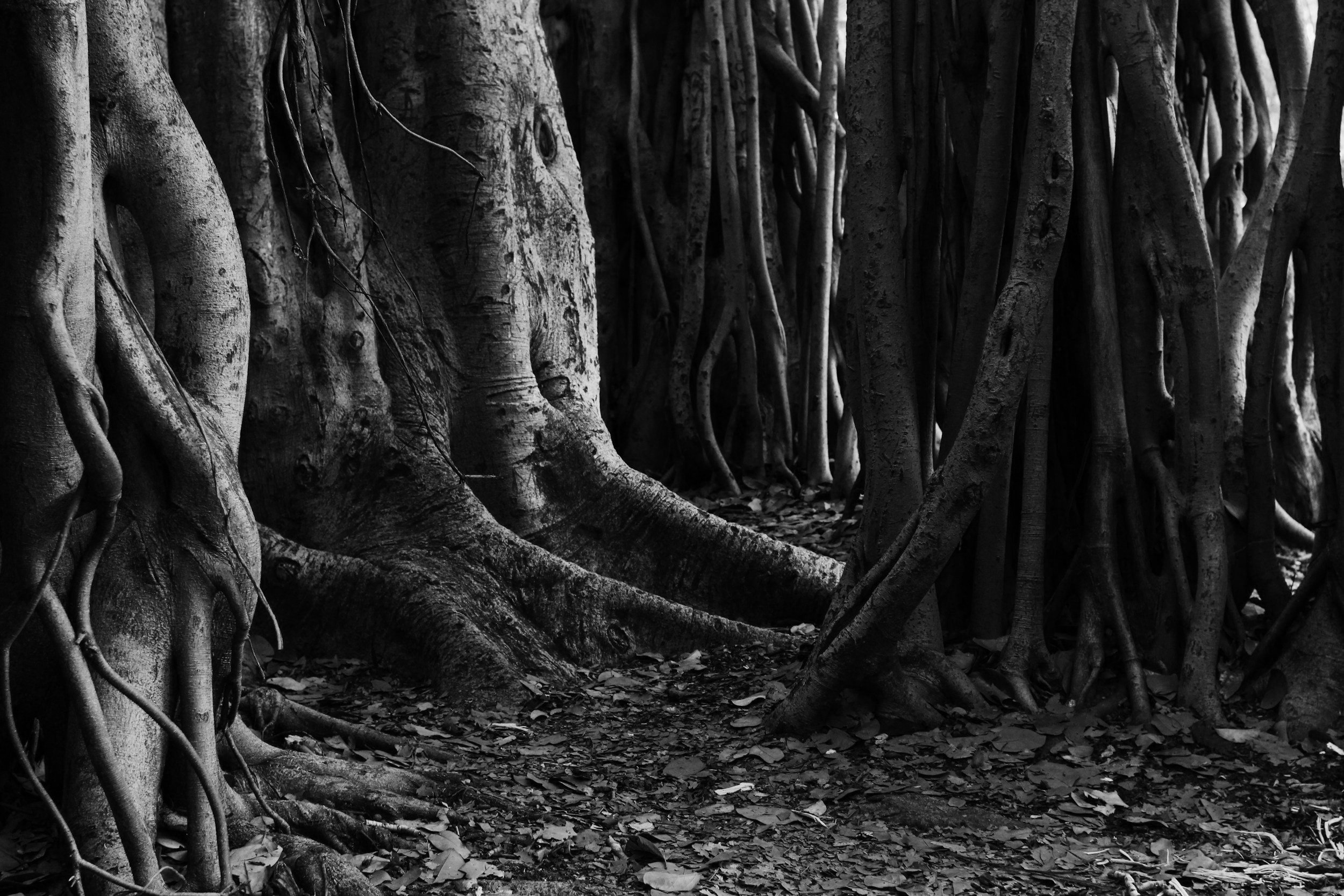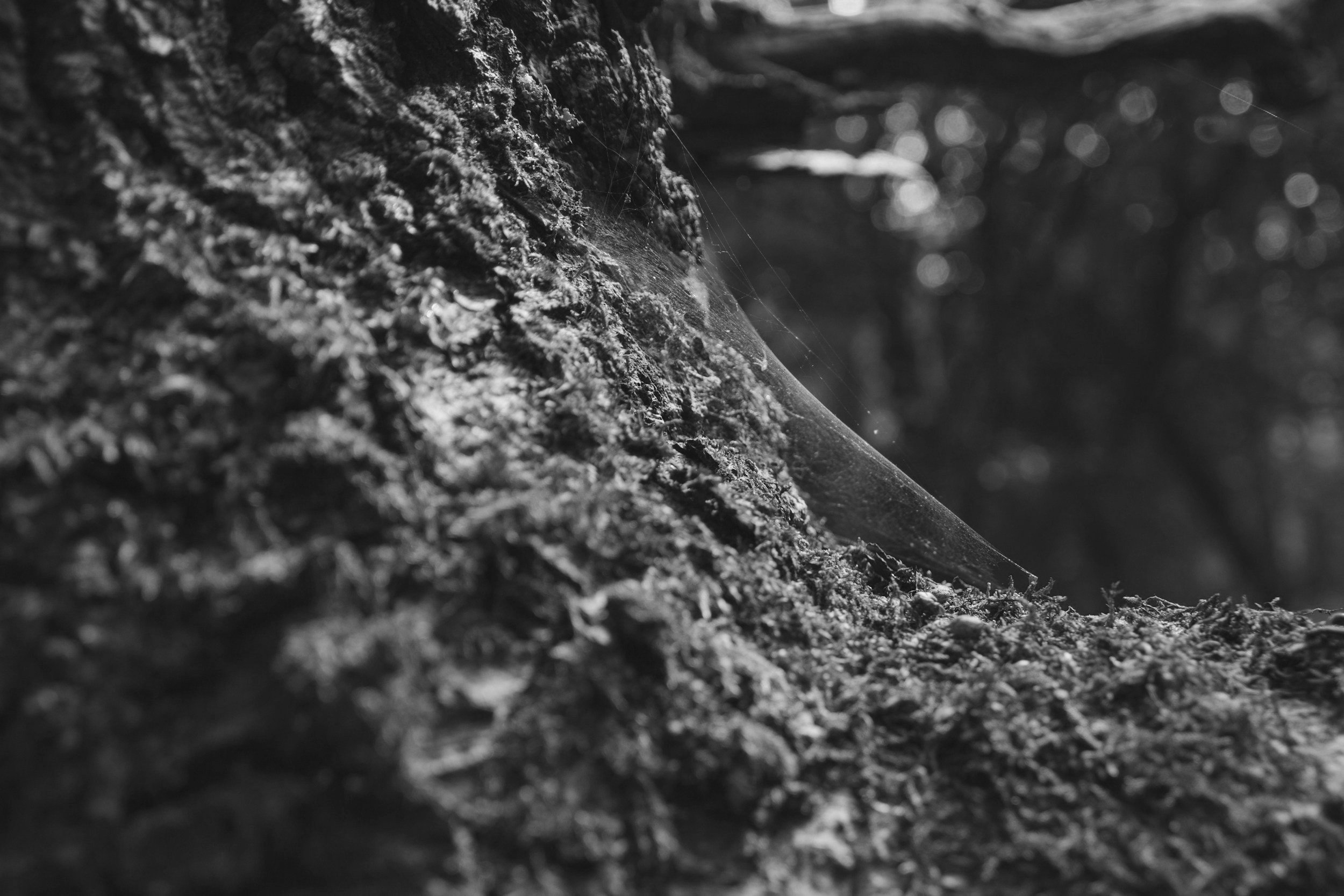
Research
Exploring the varied ways to perceive and be in relationship with the Land. Using environmental anthropology, specifically the field of ethnoecolgoy, to understand how to nurture regenerative culture.
My research explores diverse ways of perceiving and building relationships with the Land, emphasizing the intricate connections between culture, ecology, and sustainability. Grounded in environmental anthropology and drawing from the field of ethnoecology, it investigates how human communities understand and engage with their local environments.
The study focuses on nurturing regenerative cultures—systems of living that restore and sustain ecological balance while fostering meaningful, reciprocal relationships with the natural world. By examining traditional ecological knowledge, place-based practices, and cultural narratives, my research highlights how localized, relational approaches can inspire sustainable behaviours and reframe humanity’s role within ecosystems.
It also delves into the ways contemporary societies can integrate alternative ways of perceiving their local ecology, as well as adaptive strategies to develop ethical, biophilic relationships to place. Ultimately, the research seeks to illuminate pathways for cultivating cultural and ecological resilience in the face of environmental challenges, enriching our understanding of kinship with the Land.

Research and Practice
My research on nurturing regenerative cultures and fostering relationships with the Land is deeply intertwined with my experiences working with natural materials, tracking, cultivation, and collaboration with craftspeople and researchers. These hands-on practices provide a living context for exploring the theoretical frameworks of environmental anthropology and ethnoecology, grounding abstract concepts in tangible, lived experience.
Working with natural materials connects me directly to local ecosystems, revealing the stories embedded in wood, clay, or fibers and how their sourcing and use affect the land. Tracking sharpens my ability to observe subtle ecological changes, deepening my understanding of place-specific relationships. Growing and cultivating reinforce the cyclical, interdependent nature of life, showing how human stewardship can contribute to ecological resilience. These practices offer insights into the ethics of sustainability and the embodied knowledge necessary for nurturing regenerative cultures.
Collaborating with craftspeople and researchers broadens my perspective, fostering interdisciplinary dialogues that enrich my understanding of ecological and cultural interconnectedness. Their expertise highlights how diverse traditions and skills can inform contemporary approaches to sustainability. This reciprocity of learning ensures that my research is not only informed by theory but also contributes to a praxis that values the wisdom of human and more-than-human communities, aligning with the principles of relationality and regeneration.

What are my areas of research?
My work centres around eco-cultural identity. With the focus being on how we perceive ourselves and our relationship with the more-than-human, I use the field of environmental anthropology, specifically ethnoecology, as my primary tool for exploring this.
Below are the areas of enquiry that I am particularly interested in researching.
Place-responsive Kinship
Place-responsive kinship emphasizes deep relational connections between people and their local environment, integrating cultural, ecological, and community practices. It fosters an awareness of place-specific stories, histories, and ecosystems, encouraging sustainable, respectful engagement with the land and its more-than-human inhabitants, while nurturing a sense of belonging and shared responsibility.
Bioregionalism
Bioregionalism advocates living in harmony with the natural boundaries and ecological characteristics of a specific region. It emphasizes understanding local ecosystems, cultures, and resources, encouraging sustainable practices, localized economies, and community resilience. By aligning human activity with bioregional scales, it seeks to nurture ecological health and cultural connection.
Watersheds
A watershed is a geographic area where all water drains into a common outlet, such as a river, lake, or ocean. It connects ecosystems and communities through shared hydrology. Watersheds are key to understanding ecological health, as they reflect changes in biodiversity, water quality, and land use within the region.
Rhizomatic Personhood
Rhizomatic personhood, inspired by rhizome theory, views identity as interconnected, decentralized, and non-hierarchical. It suggests individuals are shaped through relationships with others, places, and environments, resembling a web of roots. This perspective challenges fixed identities, emphasizing fluidity, shared agency, and continuous growth within a network of interrelations.
Borderlands
Borderlands refer to spaces where different cultures, ecosystems, or identities intersect and coexist, often creating unique, hybrid forms of expression and understanding. These liminal areas highlight tensions, negotiations, and creativity that emerge from boundary-crossing interactions, fostering diverse perspectives and adaptive practices in both social and ecological contexts.
Multispecies Ethnography
Multispecies ethnography explores relationships between humans and non-human beings, emphasizing the interconnectedness of life. It examines how plants, animals, and ecosystems shape, and are shaped by, human culture, practices, and narratives. This approach highlights shared agency, ethical considerations, and the complexities of coexisting within more-than-human worlds.
Crafts and Embodiment
Crafts and embodiment connect physical skill with sensory engagement and cultural expression. By creating tangible items through hands-on techniques, individuals deepen their connection to materials, place, and traditions. This practice fosters mindfulness, ecological awareness, and an intimate relationship with the world through the body’s movements and the craft’s narratives.
Assemblages
Assemblages describe dynamic networks of relationships between diverse elements, such as people, objects, environments, and systems. These interconnected components function together while retaining individuality, emphasizing fluidity, emergence, and mutual influence. Assemblage theory highlights how meaning, agency, and power are distributed across both human and non-human entities in complex systems.
Cosmologies and Ontologies
Cosmologies and ontologies explore worldviews and the nature of existence. Cosmologies reflect cultural beliefs about the universe's origins and structure, while ontologies examine what is considered real or possible. Together, they shape how communities understand their place within the world, influencing relationships with nature, society, and the more-than-human.

Research Mapping
I find it helpful to lay out everything I read when I research. Usually, this is quite literally on the dining table.
A few years ago, I started using a platform for consulting in sensemaking and have found it is useful for keeping track of my reading, as well as recording connections and relationships across material all in one place. Additionally, the dining table is now free.
Feel free to take a look and use it to discover research and writing that I find interesting.

Like what I am doing?
If you would like to support me in my PhD studies, then please consider buying me a coffee.


